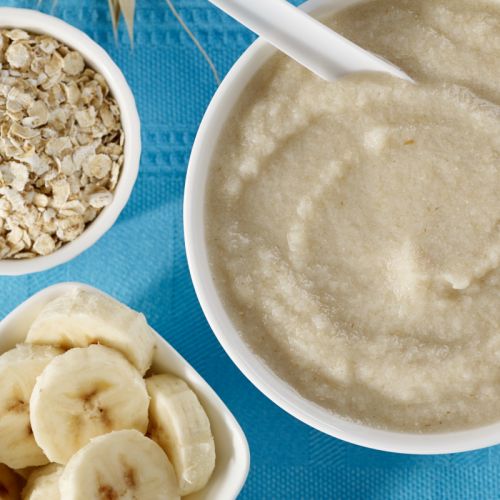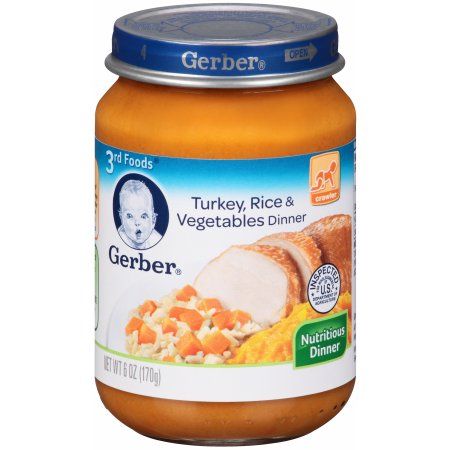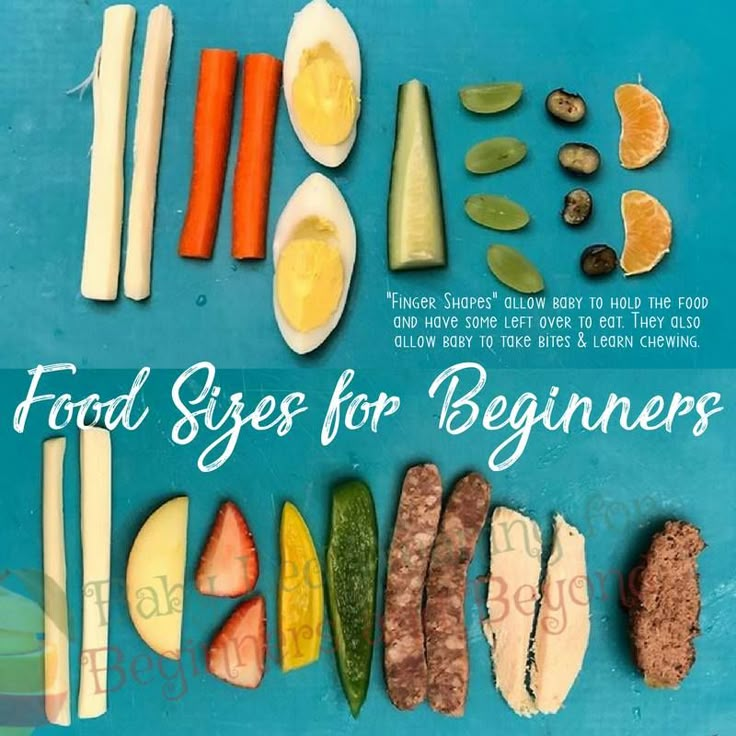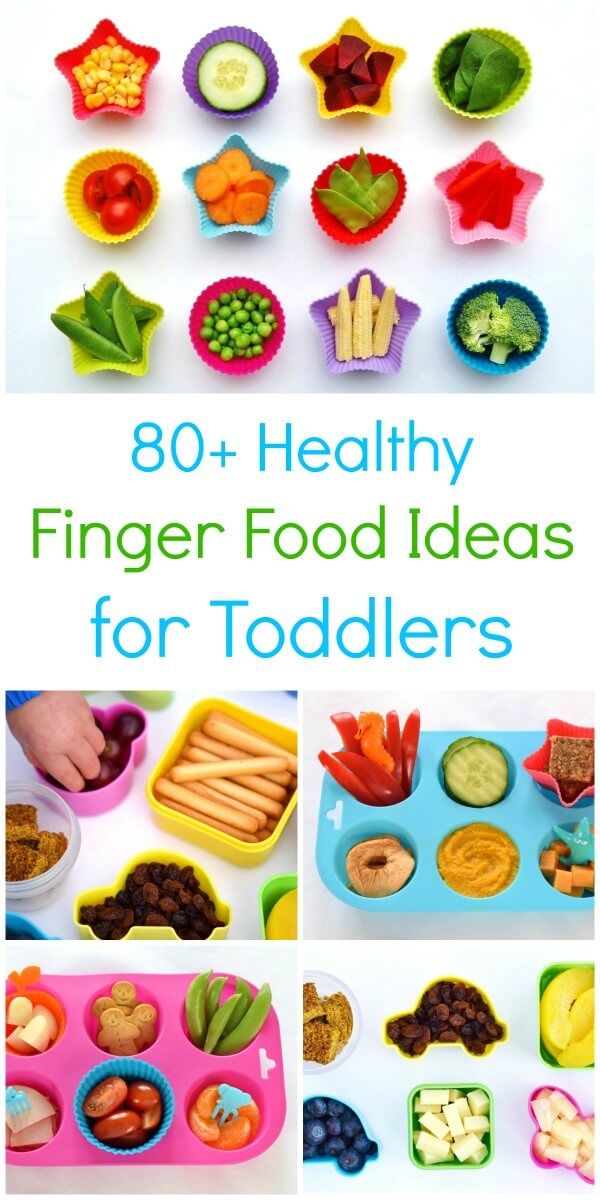Foods babies can eat without teeth
125 first foods for babies with no teeth
by Jo
Can you imagine eating food without any teeth? Just with your gums alone? I surely find it hard to picture, but we were once like our little ones. Toothless, like a 100 year old grandma. Luckily, there are first foods for babies with no teeth. And I found 125 of them for you to read about.
PIN IT FOR LATER
The original article was written back in 2018. This is a 2021 updated version.
Since then, I have re-written and updated this post to reflect the changes I have gone through when it came to my own beliefs/thoughts and how I word things when talking about feeding kids. As such, the remains of the original article can be seen in the comments section. Word of caution, it’s not something that makes too much sense anymore and some parts I am not very proud of. I even considered deleting the comments altogether, but that doesn’t seem just right either. Either way, I hope this article helps you, even a bit.
Yes, the Pinterest pins show blueberries and they are a choking hazard, but do read the entire post. I have tried to give suggestions for each type of food so as to make them safe even for little ones.
If I missed anything, give me a shout.
But how can babies even chew without teeth?
Well, the truth is, they don’t need teeth to chew.
Chewing involves movements of the jaw, tongue and cheek. Teeth are used later on to break up more complex fibres.
This is technically done with the teeth that are more at the back of the mouth, called molars. The first molars show up somewhere between 13 and 19 months old, as you can see from the graph below.
So if we were to wait that long before we gave our little ones any food that can be easily munched on with the gums, then we would seriously endanger his or her capabilities of dealing with food (not to mention the fact that after around 8 months, the gag reflex moves further down the tongue and babies might experience a higher risk of choking if they are not accustomed to table foods yet).
Furthermore, babies are already experienced in munching away, because they would have spent a lot of time already with their fingers in their mouth, biting toys and other objects.
So encourage them to explore these with their lips, tongue and jaw, at the same time being careful of any pieces that might come off and increase the risk of choking.
So, assuming little one doesn’t have any teeth yet, what can I give him?
See the list below.
But before anything else, make sure baby meets the three signs he or she is ready to begin in the first place. I cannot stress this enough, guys, and it will save you lots of trouble down the road.
There was a time when the recommendations said to start solids at 4 months+ and I’m not sure that all the baby food manufacturers have come up-to-date with the current official advice regarding infant feeding. Always watch the signs in your baby and judge whether he or she is ready. This usually happens at around 6 months, give or take.
This usually happens at around 6 months, give or take.
Here you go, some ideas of first foods for babies with no teeth. I also added some notes and suggestions of serving for some of them. This is regardless of the method you use, baby led weaning or traditional. At some point, you’ll have to start giving them table foods.
And because I’m a fan of food groups, I have split them accordingly, for easier reference.
Note: please be aware of choking hazards. I find this article sums up pretty well what are the foods you need to pay extra attention to. As your little one develops his ability to chew, you need to be careful, teeth or no teeth.
Fruits and veggies
As a general rule, go for the ripest you can get, in the beginning, as these are usually softer for babies just starting out.
- Avocado. Serve as is, sliced into wedges, or served on toast, mashed, with an egg on top. You can also try a guacamole recipe, which is basically adding some tomato, red onion, a bit of pepper and some lemon juice to a mashed avocado.
 For an easier grip, you can toss it through some breadcrumbs or ground nuts.
For an easier grip, you can toss it through some breadcrumbs or ground nuts. - Banana. Serve as is, sliced or mashed. Here is a tip on how to offer it if baby is at the beginning, doing baby led weaning and has tiny hands. Also, here’s my recipe of baby’s chocolate you can make with banana and avocado.
- Apricot. Pick a softer variety, the riper, the better. Cut into wedges or mash.
- Tomato. Try serving them as such or on top of a pizza toast (just a slice of toast, with some mozzarella and tomatoes and baked for 10 minutes in the oven). My youngest sometimes enjoys it cut wedge-style.
- Peach. Extra ripe are usually softer.
- Mango. Go for the ripe ones.
- Strawberry. Remove the hull (the leafy and usually white part on top) before giving it to baby. Halved would be best. The bigger ones even cut into 4 pieces.
- Watermelon. Melts in the mouth. Remove the seeds and only give the red parts to baby.
- Pear. Peel it and if it’s too hard, you can bake it in the oven for a while, with cinnamon on top.

- Apple. Peel and cook it in the oven, like the pear, or shred it on a grater (I used to do this in the beginning when Emma was small; the finer side of the grater also turns the apple into applesauce).
- Muskmelon.
- Honeydew melon.
- Carrot. Steam, boil or bake in the oven to make it soft. Don’t offer raw to babies just starting out.
- Cauliflower. Steam, boil or bake in the oven with some seasoning on top.
- Broccoli. Here are 10 basic techniques for cooking broccoli from scratch, explained in-depth. Plus, you’re getting a free cheatsheet with the 3 ingredients that make broccoli taste good.
- Potato. Boil, bake or even steam until very soft.
- Sweet potato. Cook in the same way as a normal potato.
- Pumpkin. Bake in the oven until soft.
- Zucchini. Baked or boiled until it’s soft. Also grated works really well, incorporated in baked batters.
- Beetroot. Steam or boil. Be careful, though, as it contains a high amount of nitrates and it is not ok for baby to have in big quantities or too often.
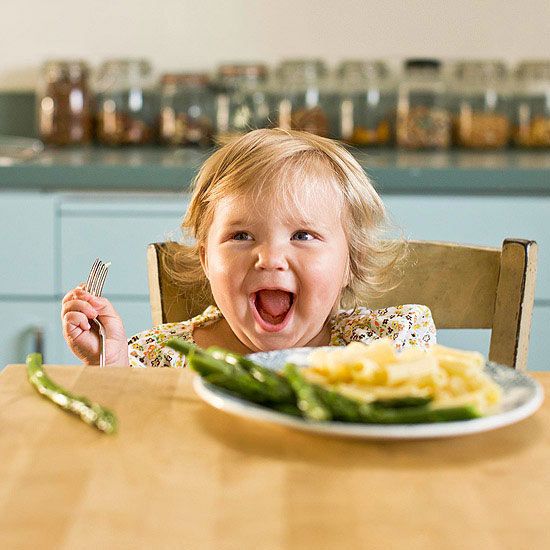 If you offer a varied menu, it shouldn’t be a problem.
If you offer a varied menu, it shouldn’t be a problem. - Grape. Cut them in quarters lengthways. Use this if you’re short on time.
- Satsumas or easy peelers. Cut in half for safety.
- Clementines.
- Raisins. If you leave them to hydrate in water for 1 hour or so they should give up their sweetness. They are a choking hazard as per the link I shared above, so pay extra attention. Better incorporate them in baked foods.
- Blueberry. Smash/squish them for safety or cut them in half.
- Blackberry. I would halve these in the beginning, as there are some quite big.
- Cucumber. I would only offer the middle part in the beginning, as it’s softer and easier to manage for babies just starting out.
- Peas. Great for improving that pincer grasp.
- Sweetcorn.
- Baked beans. Great source of iron.
- Plum.
- Kiwi.
- Dried apricots. Great source of iron, like any dried fruit, really. A bit on the sweet side, so be mindful of that.

- Cherries. Cut in half or quarters.
- Sour cherries. Serve the same as cherries.
- Pineapple.
- Orange. Cut the pieces in half or more.
- Raspberries.
- Olives. Beware of how salty they are. If left in water, they will lose their saltiness.
- Papaya.
- Dried cranberries. Same as raisins, so better incorporate them in a batter/dough.
- Parsnips. Boil, steam or bake in the oven with some seasoning on top. You can remove the center which is usually harder.
- Butternut squash. Bake or steam.
- Bell pepper. Bake or boil.
- Green beans. Boil or steam.
- Chickpeas. Best boiled or turned into hummus or falafel.
- Onion. Boiled or baked.
- Turnips. Boiled until soft. You can make a veggie broth by boiling most of the hard veggies.
- Cabbage. Boiled or baked.
- Mushrooms. Make a sauce for pasta or bake them in the oven.
- Lentils. Turn them into soup or stews.
- Eggplant.
 Baked in the oven is your best bet.
Baked in the oven is your best bet. - Asparagus. Can be a bit hard, but baby can munch away if properly cooked, like in the oven or steamed.
- Edamame. Never cooked them, but I guess either boiled or steamed.
- Kaki fruit.
- Lychee. Just make sure to peel the outer shell.
- Grapefruit. Cut each slice in three smaller pieces or more, depending on size.
- Pomelo. Cut each slice in multiple pieces.
- Lemon. My youngest loves his lemons cut into wedges and he just sucks at the pulp.
- Figs
- Passion fruit
- Yam. It’s a root vegetable and can be cooked in a similar way to a sweet potato.
- Brussel sprouts. Boiled, steamed or baked with seasoning.
- Nectarine. Go for riper ones and cut into wedges.
- Ugli fruit.
- Plantains. They look like bananas, but you have to cook them. They come from Jamaica, I believe.
Related posts
- 14 smash cake ideas – healthy, no sugar
- Blueberry galette (a recipe great for blw)
- 33 tips to easily end picky eating for good
- 5 alternatives to baby cereal that won’t break the bank + 1 tip
- Why you should not feed your baby smoothies, overnight oats, maple syrup and other foods
- Bread and butter pudding (baby friendly, also great for babies with no teeth)
Meat/poultry/fish
- Salmon.
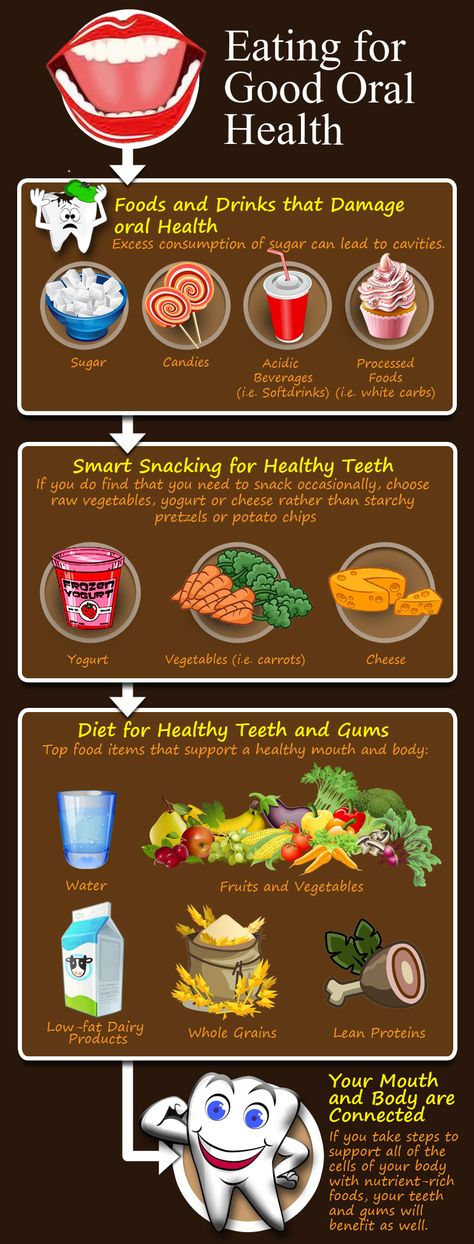 I usually bake it in the oven, wrapped loosely in baking paper or foil, for around 20 minutes.
I usually bake it in the oven, wrapped loosely in baking paper or foil, for around 20 minutes. - Cod. Cook the same way as salmon.
- Haddock.
- Mince meat. You can cook some meatballs.
- Steak. Serve in shredded strips, like the chicken.
- Chicken. Serve in shredded strips for babies to suck on and munch away later on.
- Tuna. I am guilty of buying cans of it, but if you can bake it from scratch, that’s even better. Squeeze a bit of lemon to give it some flavour.
- Crab. If your little one is not allergic to seafood, you can give it a go.
- Prawns/shrimp. Great finger food.
- Homemade sausages.
Breads/cereal
- Bread. To prevent it from sticking to the roof of the mouth, toast it. Or make some french toast.
- Rice. Great in rice puddings.
- Porridge
- Porridge fingers
- Millet. Boiled in milk or turned into a pudding (see my recipe here)
- Quinoa.
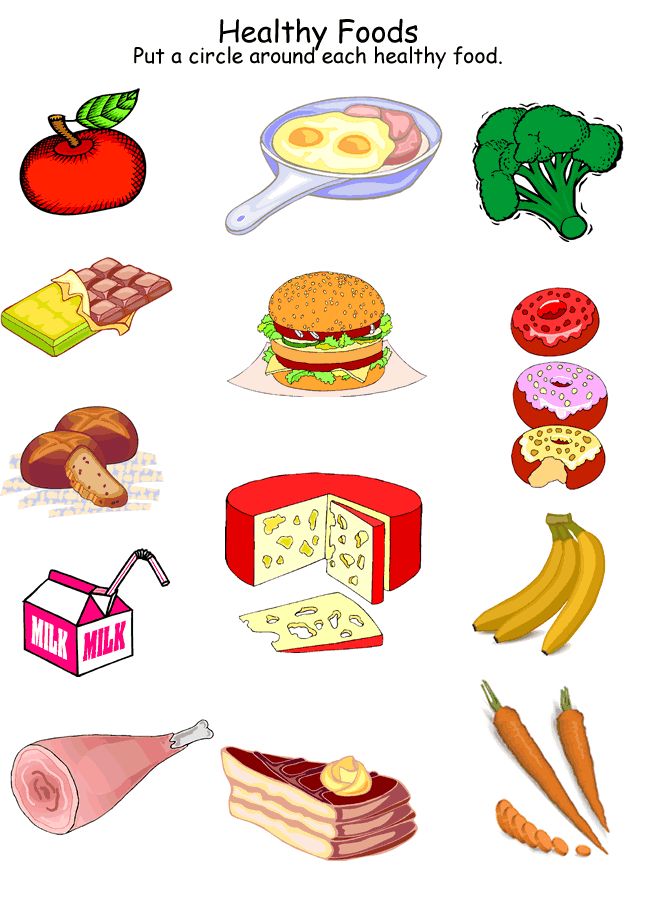 Boiled and eaten as a side or added to porridge, for example.
Boiled and eaten as a side or added to porridge, for example. - Amaranth. Same as quinoa.
- Buckwheat. Same as the above.
- Semolina pudding.
- Spaghetti
- Pasta. Macaroni, penne, fussili or bowtie shapes work well for beginners.
- Noodles
- Homemade pizza
- Polenta
- Cous-cous
- Naan bread
- Pitta bread
- Tortillas
- Rice cakes. Go for the lowest salt option.
- Shreddies. Simple, no flavor, no added salt or sugar, just 100% wholegrain. Serve in milk.
- Focaccia
- Chapatti fingers (an Indian flat bread)
Eggs (in the UK, those that have a lion stamped on the shell are salmonella-free, therefore the yolk can be left runny when cooked – otherwise please cook the yolk completely)
- Boiled eggs
- Poached eggs (only in the UK)
- Fried eggs (just don’t use oil and fry in a non-stick pan)
- Scrambled eggs
- Omlette
- My baked omlette
Dairy
- Yoghurt
- Cheddar cheese.
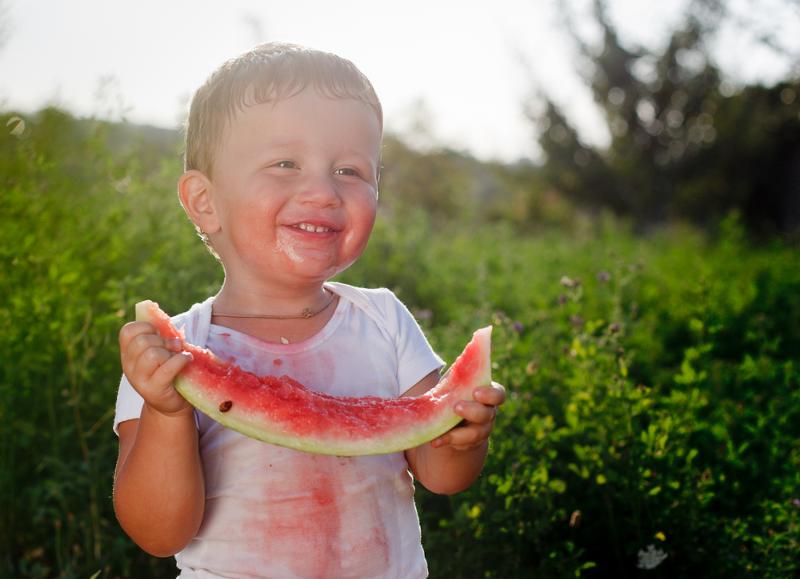 Just watch out for salt and the amount present. Grated is best at the beginning.
Just watch out for salt and the amount present. Grated is best at the beginning. - Mozarella. Choose the lowest salt option.
- Sana. It’s an Eastern European type of dairy, similar to yogurt, but slightly drinkable.
- Kefir. Similar to sana. You can find them in the European section in the supermarket.
- Curd cheese. I have a recipe for it here. It’s a no-salt version of cheese, perfect for babies.
- Cottage cheese. Just make sure the salt levels are okay.
Others
- Tofu. Just watch out for the salt content.
- Homemade muffins (try this carrot muffins recipe)
- Homemade pinwheels
- Homemade banana bread
- Homemade biscuits (easiest recipe: 100 g flour, 100 g butter and 100 g of homemade curd cheese or ricotta cheese; everything mixed and baked in the oven)
- Pancakes
- Waffles. Here’s a basic recipe to follow, which is infinitely customizable. A bit of waffle theory never hurt.

- Fritters. I have a recipe here, very adaptable to what you have in your pantry.
- Homemade nuggets
- Any homemade cake-like consistency, as long as there is no sugar, maple syrup, honey (if baby is under 1 year old), whole nuts, etc.like this baked oatmeal cake.
- Homemade popsicles or anything that’s made out of fruit and yogurt and frozen.
- Peanut butter. It is best to spread it on toast or on slices of banana. Just make sure it’s 100% nuts.
- Almond butter. Same as peanut butter.
- My apple pudding
BONUS:
126. 2 ingredient cookies. The easiest snack ever. Pair it with some dairy and you’re good to go.
127. 3 ingredient pancakes. The fluffiest and easiest pancake recipe out there. Make sure to read my notes on timing and flipping and why those are the key elements for the fluffiness.
128. Spiced biscuits. I think these are great for when little ones are teething.
129. Easy scones. With only 3 ingredients at the base, these are soft and fluffy. Don’t overmix the batter though.
Don’t overmix the batter though.
130. A kid friendly brownie with a secret nutritious ingredient.
You are probably thinking: is there anything she hasn’t mentioned?
In fact, I haven’t mentioned the leafy vegetables, like spinach, lettuce, salad etc because babies might have a hard time tearing them apart so as not to stick to the roof of their mouths.
I also didn’t mention pomegranate, because of its high choking risk.
What comes next?
Knowing what to feed your kids might be a little easier now that you have this list, but actually getting them to eat or at least try any food is another story entirely.
This is why I have put together a 7-part blog series about how to get your little one to eat any food. It is based on more than 3 years of feeding little tummies, observing and taking mental notes about everything I did and everything they did at mealtimes.
I think you’ll find it useful and worth reading.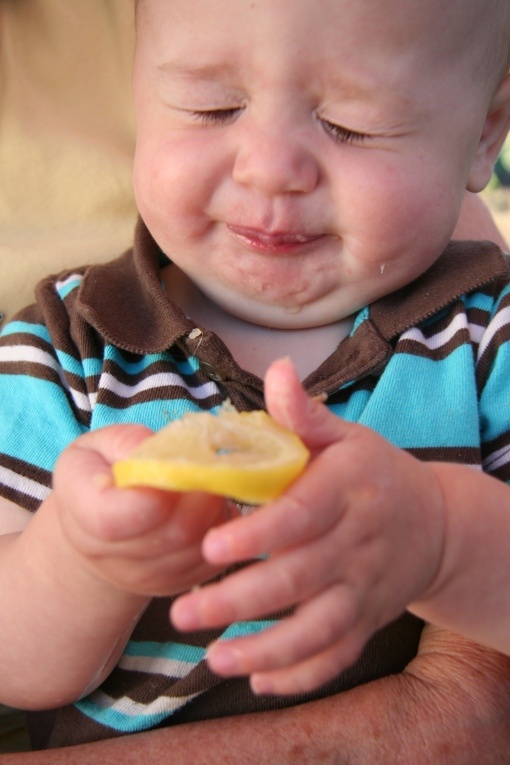 You can save it on Pinterest for later reading or share with someone you know.
You can save it on Pinterest for later reading or share with someone you know.
Thanks!
Ioana x
START READING HERE >>
Categories Baby food, Blog, Featured, The basics Tags baby led weaning, BLW, finger foods, first foods© 2022 WEANINGFUL • Built with GeneratePress
50 Delicious Foods for 1 year old with few teeth
When your baby’s first little tooth erupts, it gives rise to mixed emotions. On one hand, there’s joy, because your little one is growing and on the other hand, there’s horror, if you’re still breastfeeding! For most babies, the first tooth makes an appearance anywhere from four months onward and some babies are even born with teeth. On the other end of the spectrum, you may have a late bloomer, whose first tooth takes its own sweet time, maybe even till he’s a year old! Here are 50 foods for 1 year old with few teeth.
50 foods for 1 year old with few teeth
Fruit Finger foods for babies without teeth
Vegetable Finger Foods for Babies without teeth
Breakfast Recipes for Babies without Teeth
Lunch/Dinner Recipes for Babies without Teeth
Snack Finger Food Recipes for Babies without Teeth
Dessert recipes for Babies without Teeth
Tips for feeding babies without teeth/foods for 1 year old with few teeth
Frequently Asked Questions
Can you give finger foods to baby with no teeth?
What can my baby eat with 2 teeth?
What can I feed my 1 year old with no teeth?
What should 1 year old be eating?
Buy Healthy Nutritious Baby, Toddler food made by our own Doctor Mom !
But you’re obviously not going to wait till his first birthday to start solids! Since the recommended age for starting to wean is 6 months, many babies don’t depend upon their teeth to eat.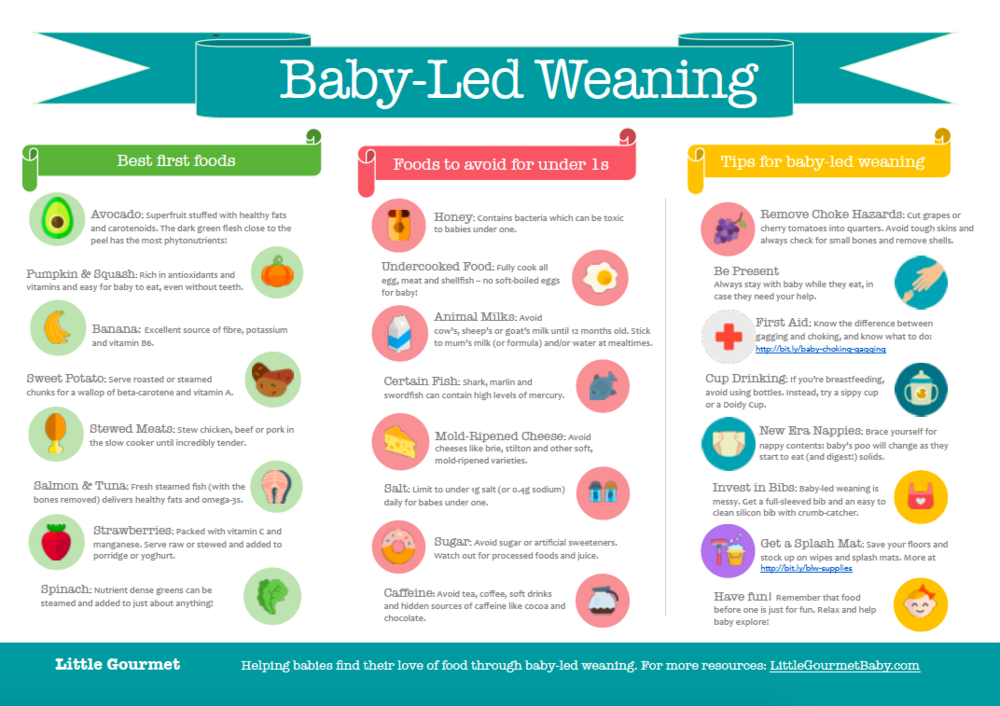 Besides, the first teeth that appear are usually the front teeth, which aren’t used for chewing anyway. (Their gums are enough for that, which your poor nipples probably know by now!)
Besides, the first teeth that appear are usually the front teeth, which aren’t used for chewing anyway. (Their gums are enough for that, which your poor nipples probably know by now!)
For most babies till the age of 8 months, the puree and porridge phase goes by smoothly. But many Moms worry about their child’s diet after this phase, when they start thinking about introducing lumpier textures in their baby’s diet. Now you don’t need to worry if your baby still doesn’t have any teeth yet – we assure you, he’s not going to starve! Keep breastfeeding him for as long as you want, and as for foods, we’ve drawn up a list of 50 foods for babies without teeth , even if he’s still waiting for that first tooth!
50 foods for 1 year old with few teeth
Fruit Finger foods for babies without teeth
Most fruits can be fed directly, as long as they’re ripe. For starters, avoid the peel and ensure there are no seeds. For harder fruits, you can stew them for a few minutes to make them soft. These are finger foods for 6 month old baby with no teeth
These are finger foods for 6 month old baby with no teeth
1. Bananas – Can be fed as it is, just ensure that it is ripe enough
2. Avocado – Go for perfectly ripe avocados, or it’ll be too hard for baby
3. Peach – Feed ripe peaches directly
4. Mango – Go for ripe ones, but avoid the extremely squishy ones
5. Strawberries – Hull before offering to baby
6. Watermelon – Remove the seeds and ensure only the red parts are given
7. Pear – Peel and give baby; if it seems to hard, stew it for some time
8. Apple – Peel before giving baby; if the apple is too crunchy, stew it first
9. Muskmelon – Can be given directly, if it is ripe and soft enough
Vegetable Finger Foods for Babies without teeth
Vegetables are hard for babies without teeth to eat directly, so will require some steaming or boiling. Cook till just soft and not any more, or else they’ll turn into mush and won’t be the texture you’re looking for. These are good for finger foods for 7 month old baby with 2 teeth.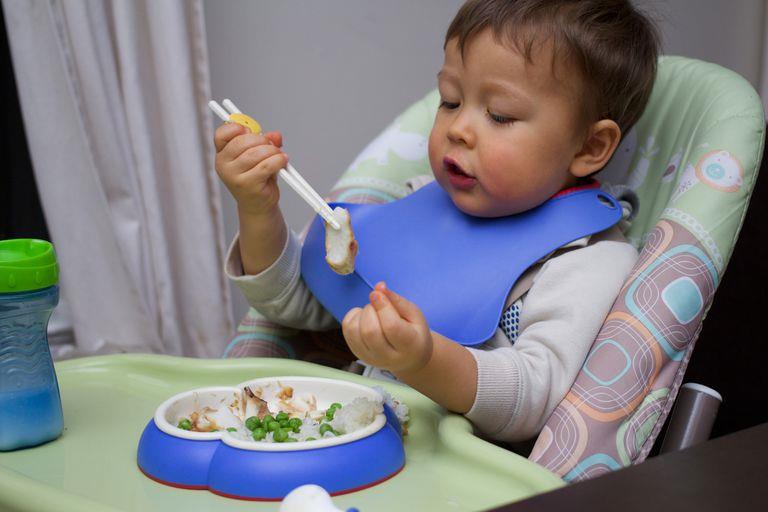
10. Carrot – steam or boil to make it soft, but don’t overcook
11. Cauliflower – Roast or steam; take care to prevent burning
12. Broccoli – Roast or steam lightly; it’ll crumble if overcooked
13. Potato – Boil or steam well till soft
14. Pumpkin – Cook for a short while till the cubes are just soft
15. Zucchini – Steam or cook lightly till soft
16. Beetroot – Steam or boil till quite soft
Breakfast Recipes for Babies without Teeth
Many of these breakfast ideas can be made for the whole family or older kids as well. Choose from Indian and other cuisines so your baby gets used to sweet and savory breakfasts. You can add fruit on the side as well. These are good foods for toddlers with few teeth
17. Eggless Apple Whole Wheat Pancake – You can skip the salt if you like
18. Banana Toast – You can also try almond milk
19. Waffles – You can use coconut milk or almond milk to make these
20. Vegetable Idli – You can start with only grated carrot and add more vegetables later on
21. Blueberry Oat Muffins – Substitute the milk with almond milk or baby formula
Blueberry Oat Muffins – Substitute the milk with almond milk or baby formula
22. Scrambled Eggs – You can use coconut milk instead, and skip the salt
23. Oat Cereal – You can add pureed fruit for more bulk
24. Baby Omelette – You can skip the milk or add formula
25. Steamed Dosa – Serve this with chutney powder for babies
26. Banana Pancakes – Make your own pancake batter and use
Lunch/Dinner Recipes for Babies without Teeth
Meals like lunch and dinner seem to be the biggest challenge for Moms of babies with no teeth, but there are many options. Adjust the salt content when you cook for baby – try adding spices instead to flavor the food. You can add all these foods in your 1 year old baby food menu
27. Flavored Paneer – Make sure the paneer is soft and not rubbery
28. Chicken Carrot Meatballs – You can also try plain chicken meatballs
29. Butternut Squash Risotto – You can use any short grained rice
30. Sweet Potato and Lentil Croquettes – Opt for cheese with less salt
31.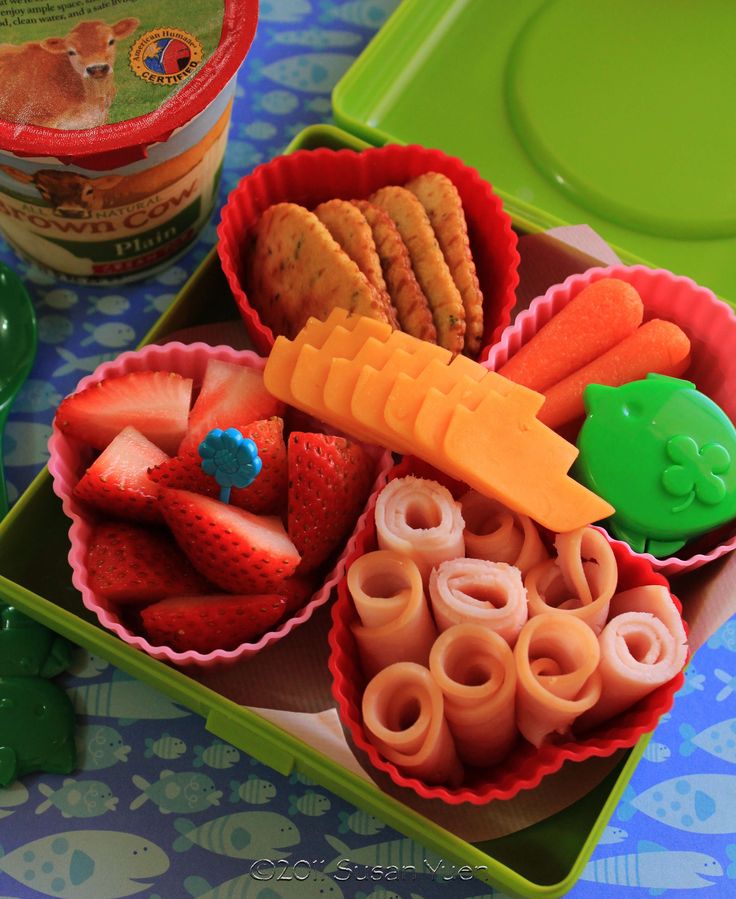 Butternut Mac and Cheese – Skip the salt and curry, you can also replace the thyme with fresh herbs
Butternut Mac and Cheese – Skip the salt and curry, you can also replace the thyme with fresh herbs
32. Mini Aloo Paratha – Skip the salt; later you can try adding peas to the filling
33. Carrot Khichdi – You can also try this with beetroot
34. Bolognese Pasta – You can use chicken mince
35. Ghee Rice – Use homemade ghee for better results
36. Chicken Nuggets – You can use turkey or chicken here, be sure that you’re using boneless pieces
These are a few of best delicious foods for 1 year old with few teeth.
Snack Finger Food Recipes for Babies without Teeth
If you’re trying to get baby to eat on a schedule, you can offer her these snacks when she gets hungry in between. Try to balance it like this: if she hasn’t had any veggies all day, try with a veggie snack.These are perfect finger foods for 1 year old
37. Soft Cheese
38. Sweet Potato Fries – Serve with homemade tomato sauce
39. Cauliflower Nuggets – Skip the salt; substitute breadcrumbs with powdered baby cereal
40. Spinach Fritters – Skip the chillies and chilly powder
Spinach Fritters – Skip the chillies and chilly powder
41. Baked Avocado Fries – Substitute bread crumbs with powdered baby cereal
42. Pumpkin Sooji Fingers – Serve with homemade tomato sauce
43. Banana Oatmeal Fingers – You can also add a little of our Dry Fruit Powder
44. Broccoli Cheese Nuggets – Substitute bread crumbs with powdered baby cereal and use cheese with less salt
Dessert recipes for Babies without Teeth
While you don’t need to make a sweet dish a daily affair, once in a while even baby deserves a treat! Making them less sweet will prevent a sweet tooth later, whenever the teeth come in! These are perfect finger foods for 9 month old with no teeth
45. Carrot Cake – Skip the soda, and use almond or coconut milk
46. Samai Payasam – You can add a small amount of the dry fruit powder for taste
47. Fruit Yogurt – Avoid yogurt that is too sour
48. Frozen Applesauce Treats – Get the applesauce recipe here
49.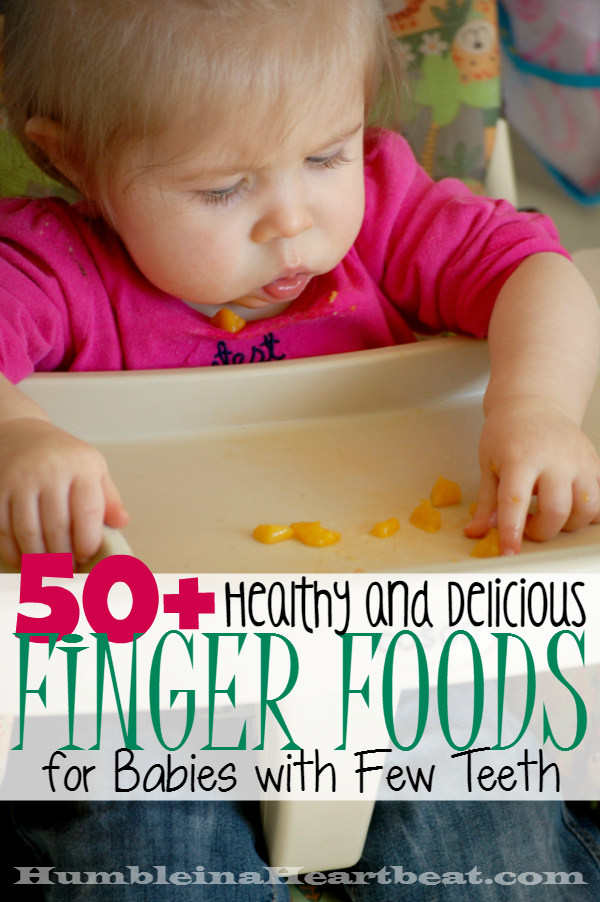 Egg Pudding – Substitute the milk with coconut milk or almond milk
Egg Pudding – Substitute the milk with coconut milk or almond milk
50. Wheat Halwa – Try not to make it too runny to give baby a chance to chew
Tips for feeding babies without teeth/foods for 1 year old with few teeth
1. Check the age recommendation on each recipe before feeding your baby.
2. Make sure you follow the 3 day rule with all new foods to be aware of any allergy.
3. Always be in the room with your baby when he’s eating.
4. With a new food, introduce small amounts at a time.
5. In case of any doubt, consult a doctor.
Most babies will find a way to gnaw on their food, chew on it at the back of their mouths and swallow. They generally have a natural gagging reflex to prevent choking, so they’ll spit out food that’s may be dangerous – don’t force it back down. With some trial and error, you’ll soon find that your baby is able to enjoy most foods – you’ll know when you see that loving toothless grin!
Hope this huge list of foods for 1 year old with few teeth was helpful for you, please let us know your queries in comments.
Frequently Asked Questions
Can you give finger foods to baby with no teeth?
Yes, we can give finger foods to baby with no teeth. As baby's gums are very strong, they can easily chew on soft finger foods with ease. In this article we have listed 50 foods for babies without teeth
What can my baby eat with 2 teeth?
Here are the list of foods that your baby can eat with 2 teeth - soft fruits, soft steamed vegetables, pancakes, soft dosas, mac and cheese, khichdi etc. we have compiled a interesting list of 50 foods for babies with few teeth
What can I feed my 1 year old with no teeth?
Here are the list of foods that you can give your 1 year old baby with no teeth - soft fruits, soft steamed vegetables, pancakes, soft dosas, mac and cheese, khichdi etc. we have compiled a interesting list of 50 foods for 1 year old baby with no teeth.
What should 1 year old be eating?
A 1 year old baby can eat all the foods that the family eats with less spice and salt
Buy Healthy Nutritious Baby, Toddler food made by our own Doctor Mom !
Shop now!What children should eat for healthy teeth: simple recipes for child nutrition
Children's teeth need special care and protection due to anatomical and physiological features.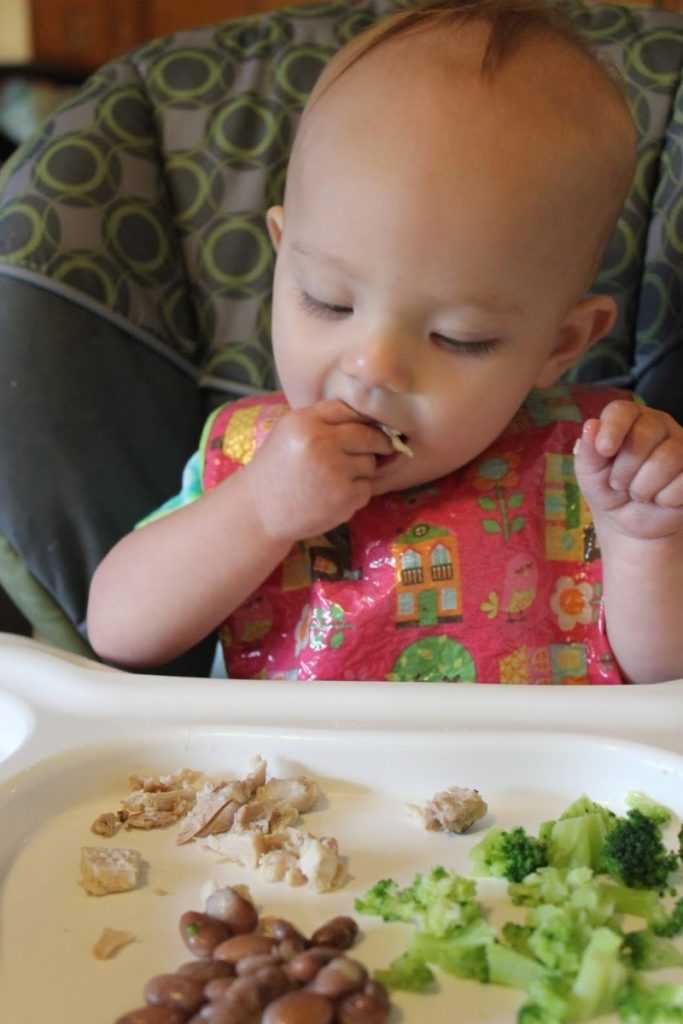 Tooth enamel in children is only going through the stages of mineralization and is therefore extremely vulnerable to aggressive environmental influences. Nutrition can also act as a factor of aggression. In addition, children are actively growing, and this is the most important period in terms of preventing bite pathologies, for which nutrition will also play a provocative role.
Tooth enamel in children is only going through the stages of mineralization and is therefore extremely vulnerable to aggressive environmental influences. Nutrition can also act as a factor of aggression. In addition, children are actively growing, and this is the most important period in terms of preventing bite pathologies, for which nutrition will also play a provocative role.
Healthy teeth in children - what is needed for this?
In order for children's teeth to be healthy, the body must receive a sufficient amount of the main minerals for enamel - calcium, phosphorus, fluorine. Therefore, children's nutrition should contain as many products as possible, which contain these trace elements. It should be borne in mind that they cannot be fully absorbed without the presence of vitamin D.
What else is important to consider when compiling a menu for healthy teeth in children? Such a process as chewing. It is thanks to the work of the chewing muscles that the child's jaw fully grows and develops.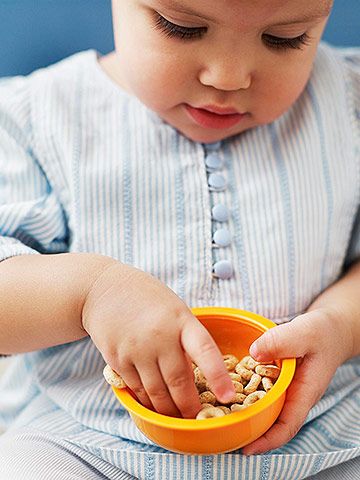 In the absence of physical activity, in other words, when children refuse to chew or simply do not know how, bite problems are most often recorded, and crowding of teeth is far from the most difficult.
In the absence of physical activity, in other words, when children refuse to chew or simply do not know how, bite problems are most often recorded, and crowding of teeth is far from the most difficult.
Proper nutrition of children - what products to choose from?
Recipes for healthy teeth in children consist of foods containing calcium, of which there are a lot, but they all differ in its amount. The food poppy will be the record holder for calcium content, followed by a variety of dairy products, which form the basis of nutrition in childhood. Calcium is also found in some nuts, greens - spinach, parsley, watercress, dill, green onions, etc. Cereals such as buckwheat, oatmeal, barley groats - are champions in calcium content among cereals. Also, this element can be found in fish, poultry meat, veal. Among fruits, grapes and raisins, peaches, apricots, oranges, grapefruits will become sources of calcium. And in vegetables, calcium can be found in white, red and cauliflower, radishes, potatoes.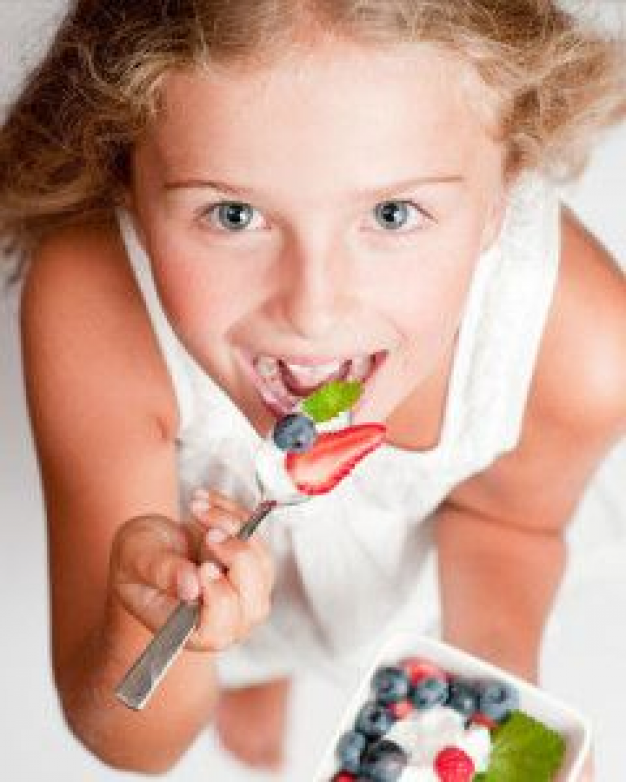
Phosphorus, which is no less important for dental health in children, is found in many cereals - rice, oatmeal, buckwheat, corn. Phosphorus can be found in pumpkin seeds, sunflower seeds, and what children will especially appreciate, a large amount of phosphorus is found in popcorn. Among vegetables, the champions are tomatoes, garlic, potatoes, shallots, Brussels sprouts. Phosphorus is also found in fruits loved by children - apples, currants, prunes, kiwi, raspberries and much more. The source of phosphorus can be found in meat products - fish, any seafood, beef, chicken (including eggs).
Before looking for recipes with such a set of products in cookbooks and other resources, turn on your imagination. In fact, children receive this set of products every day, and even if there are refusals, the main task of parents is to lie down the child and help him evaluate not only the benefits, but also the taste of the products, moving them from the “unloved” group to the “favorite ones”.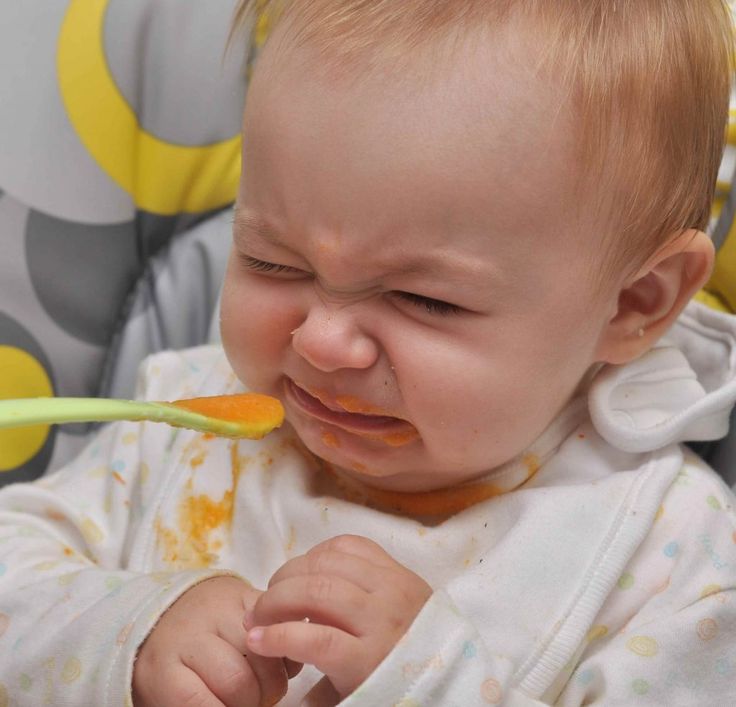
Recipes for healthy and strong tooth enamel in children
Nutrition of a child is unthinkable without dairy products, of course, if there are no allergic reactions. As you know, milk, its derivatives are champions in terms of calcium content, and phosphorus can be found in potatoes and onions. By combining these two sources of minerals, you can get a wonderful dish that children will certainly appreciate for its simplicity, tenderness of taste.
The recipe for potatoes stewed in cream is very simple, for cooking you will need:
- potatoes - 300 - 400 g;
- cream 20% - 450 ml;
- onion - 1 large onion;
- butter - 10 - 20 g;
- frying oil;
- water - ½ cup;
- salt to taste;
- greens.
According to the recipe, the potatoes are peeled, cut into thin bars, put on a hot frying pan with a small amount of vegetable oil. Finely chop the onion and spread it on top of the potatoes, add salt, if desired, ground pepper. Add cream, water and butter over low heat and simmer until tender, stirring occasionally. At the end, greens are added.
Add cream, water and butter over low heat and simmer until tender, stirring occasionally. At the end, greens are added.
Recipes for healthy teeth in children are not limited to cooking only second courses, it can be fresh vegetable or fruit salads, compotes, snacks. To awaken the child's appetite, dishes must be served in a bright, playful way.
The best material for the implementation of fantasy will be fruits, from which you can prepare various salads. Recipes for fruit salads are so diverse that it is simply impossible to list them all, parents themselves can combine their favorite fruits with children, and use yogurt or melted ice cream as a dressing.
When preparing fish dishes, it is best to choose marine varieties and without small bones. It is best for children to offer baked fish under a cheese coat. For baking, it is best to take hard cheeses.
Children will love pasta with sea prawns, the recipe of which is simple and subject even to the busiest mothers. For cooking you will need:
For cooking you will need:
- pasta 200g;
- tiger shrimps, regular 200-400g;
- tomatoes - 3 pcs.;
- garlic - 2 - 3 cloves;
- sugar and salt to taste;
- frying oil;
- greens and sesame.
At the same time, several ingredients are being cooked at once - the pasta itself and dressing for them are boiled. In a deep frying pan, shrimp are fried in a small amount of vegetable oil with the addition of a whole clove of garlic. As soon as the shrimp are fried, they are removed, and tomatoes, cut into large slices for 5, are stewed in the same oil. Teeth in children need special care and protection due to anatomical and physiological characteristics. Tooth enamel in children is only going through the stages of mineralization and is therefore extremely vulnerable to aggressive environmental influences. Nutrition can also act as a factor of aggression. In addition, children are actively growing, and this is the most important period in terms of preventing bite pathologies, for which nutrition will also play a provocative role.
Healthy teeth in children - what is needed for this?
In order for children's teeth to be healthy, the body must receive a sufficient amount of the main minerals for enamel - calcium, phosphorus, fluorine. Therefore, children's nutrition should contain as many products as possible, which contain these trace elements. It should be borne in mind that they cannot be fully absorbed without the presence of vitamin D.
What else is important to consider when compiling a menu for healthy teeth in children? Such a process as chewing. It is thanks to the work of the chewing muscles that the child's jaw fully grows and develops. In the absence of physical activity, in other words, when children refuse to chew or simply do not know how, bite problems are most often recorded, and crowding of teeth is far from the most difficult.
Proper nutrition of children - what products to choose from?
Recipes for healthy teeth in children consist of foods containing calcium, of which there are a lot, but they all differ in its amount.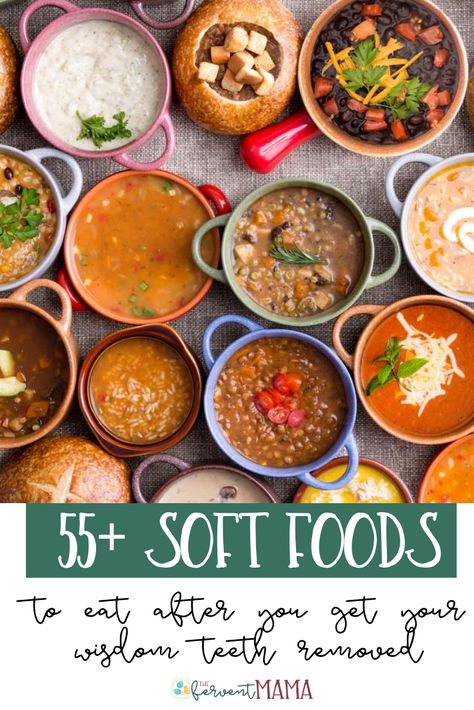 The food poppy will be the record holder for calcium content, followed by a variety of dairy products, which form the basis of nutrition in childhood. Calcium is also found in some nuts, greens - spinach, parsley, watercress, dill, green onions, etc. Cereals such as buckwheat, oatmeal, barley groats - are champions in calcium content among cereals. Also, this element can be found in fish, poultry meat, veal. Among fruits, grapes and raisins, peaches, apricots, oranges, grapefruits will become sources of calcium. And in vegetables, calcium can be found in white, red and cauliflower, radishes, potatoes.
The food poppy will be the record holder for calcium content, followed by a variety of dairy products, which form the basis of nutrition in childhood. Calcium is also found in some nuts, greens - spinach, parsley, watercress, dill, green onions, etc. Cereals such as buckwheat, oatmeal, barley groats - are champions in calcium content among cereals. Also, this element can be found in fish, poultry meat, veal. Among fruits, grapes and raisins, peaches, apricots, oranges, grapefruits will become sources of calcium. And in vegetables, calcium can be found in white, red and cauliflower, radishes, potatoes.
Phosphorus, which is no less important for dental health in children, is found in many cereals - rice, oatmeal, buckwheat, corn. Phosphorus can be found in pumpkin seeds, sunflower seeds, and what children will especially appreciate, a large amount of phosphorus is found in popcorn. Among vegetables, the champions are tomatoes, garlic, potatoes, shallots, Brussels sprouts. Phosphorus is also found in fruits loved by children - apples, currants, prunes, kiwi, raspberries and much more. The source of phosphorus can be found in meat products - fish, any seafood, beef, chicken (including eggs).
The source of phosphorus can be found in meat products - fish, any seafood, beef, chicken (including eggs).
Before looking for recipes with such a set of products in cookbooks and other resources, turn on your imagination. In fact, children receive this set of products every day, and even if there are refusals, the main task of parents is to lie down the child and help him evaluate not only the benefits, but also the taste of the products, moving them from the “unloved” group to the “favorite ones”.
Recipes for healthy and strong tooth enamel in children
Nutrition of a child is unthinkable without dairy products, of course, if there are no allergic reactions. As you know, milk, its derivatives are champions in terms of calcium content, and phosphorus can be found in potatoes and onions. By combining these two sources of minerals, you can get a wonderful dish that children will certainly appreciate for its simplicity, tenderness of taste.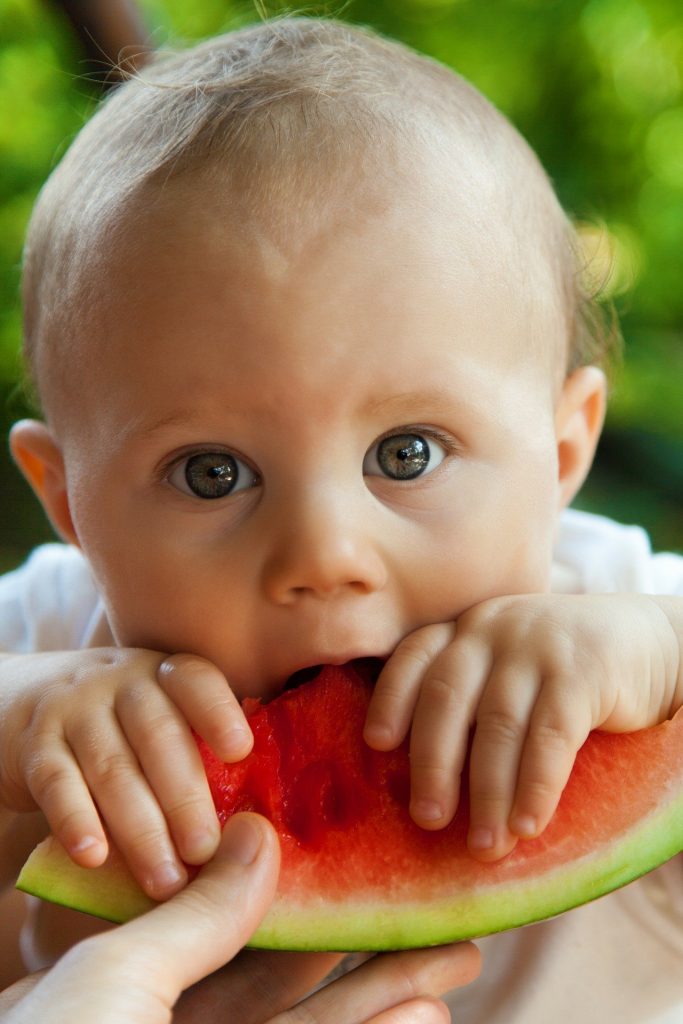
The recipe for potatoes stewed in cream is very simple, for cooking you will need:
- potatoes - 300 - 400 g;
- cream 20% - 450 ml;
- onion - 1 large onion;
- butter - 10 - 20 g;
- frying oil;
- water - ½ cup;
- salt to taste;
- greens.
According to the recipe, the potatoes are peeled, cut into thin bars, put on a hot frying pan with a small amount of vegetable oil. Finely chop the onion and spread it on top of the potatoes, add salt, if desired, ground pepper. Add cream, water and butter over low heat and simmer until tender, stirring occasionally. At the end, greens are added.
Recipes for healthy teeth in children are not limited to cooking only second courses, it can be fresh vegetable or fruit salads, compotes, snacks. To awaken the appetite of a child, dishes must be served in a bright, playful way.
The best material for the implementation of fantasy will be fruits, from which you can prepare various salads. The recipes for fruit salads are so diverse that it is simply impossible to list them all, parents can combine fruits loved by children themselves, and use yogurt or melted ice cream as a dressing.
The recipes for fruit salads are so diverse that it is simply impossible to list them all, parents can combine fruits loved by children themselves, and use yogurt or melted ice cream as a dressing.
When preparing fish dishes, it is best to choose marine varieties and without small bones. For children, it is best to offer baked fish, under a cheese coat. For baking, it is best to take hard cheeses.
Children will love pasta with sea prawns, the recipe of which is simple and subject even to the busiest mothers. For cooking you will need:
- pasta 200g;
- tiger shrimps, regular 200-400g;
- tomatoes - 3 pcs.;
- garlic - 2 - 3 cloves;
- sugar and salt to taste;
- frying oil;
- greens and sesame.
At the same time, several ingredients are being cooked at once - the pasta itself and dressing for them are boiled. In a deep frying pan, shrimp are fried in a small amount of vegetable oil with the addition of a whole clove of garlic.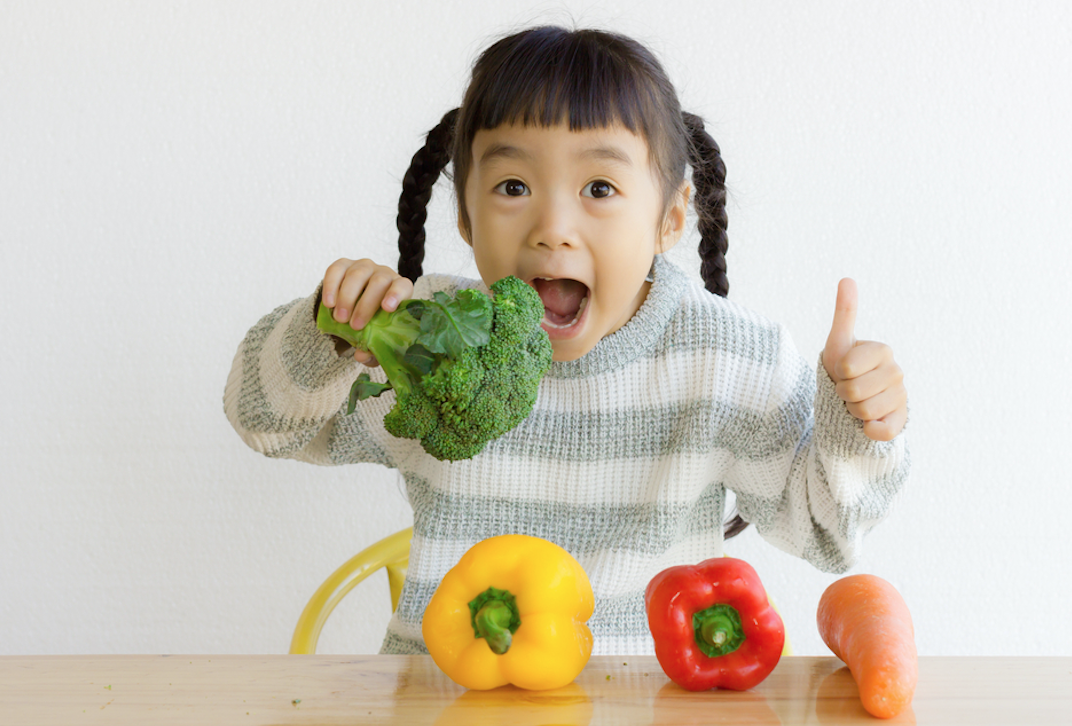 As soon as the shrimp are fried, they are removed, and tomatoes, cut into large slices, are stewed in the same oil for 5-7 minutes. Garlic, salt and sugar to taste, greens are added to the tomatoes.
As soon as the shrimp are fried, they are removed, and tomatoes, cut into large slices, are stewed in the same oil for 5-7 minutes. Garlic, salt and sugar to taste, greens are added to the tomatoes.
The cooked pasta is thrown into a colander and added to the dressing, stewed together for a minute so that the pasta is saturated with juices, and the shrimp and sesame seeds are added to the plate just before you sit down at the table.
Proper nutrition as prevention of malocclusion in children
Children's teeth are far from the only thing you need to pay attention to. The bite also needs to be fully developed, and nutrition can be a stimulus for jaw growth. As soon as the child has learned to chew, and he should master the full skill by the age of 3, when all the milk teeth have completely erupted, as many hard, hard foods as possible should appear in his diet, requiring thorough chewing.
These products include boiled beef, fresh vegetables, such as carrots.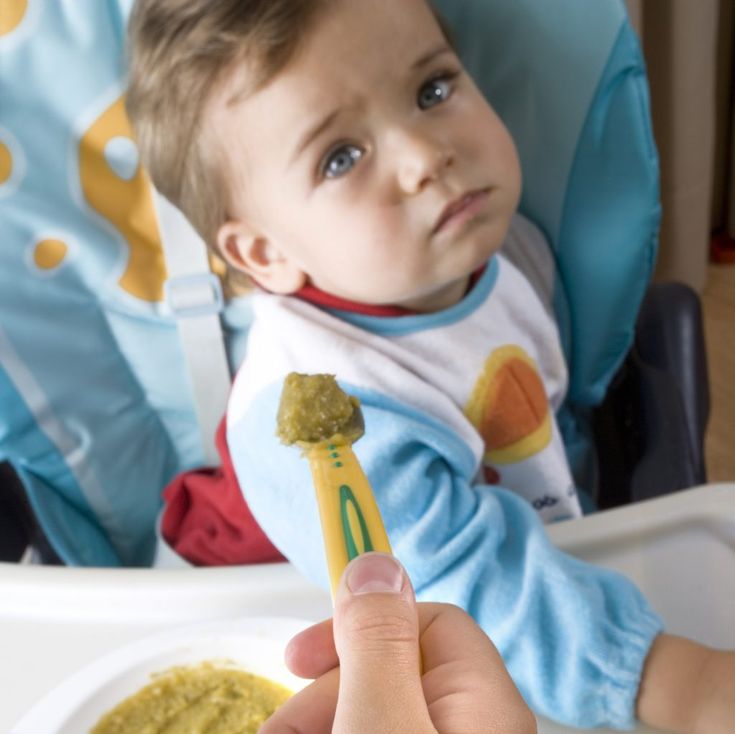 From the diet, it is worth gradually excluding mashed potatoes, meatballs, and other dishes that practically do not require chewing. The optimal load on the jaw is the key to the full growth and development of the child and the formation of the correct bite.
From the diet, it is worth gradually excluding mashed potatoes, meatballs, and other dishes that practically do not require chewing. The optimal load on the jaw is the key to the full growth and development of the child and the formation of the correct bite.
White diet after teeth whitening. What you can eat, list
Sometimes vegetables or fruits are in doubt. For example, cabbage seems to be white, but the fruit may appear greenish. Then it is better not to eat the fruits raw, but first process them thermally. It is also better to play it safe with apples, for example, bake in the oven to destroy the fruit acid. Alcoholic beverages, even clear ones, should not be consumed during the first few days of the white diet after teeth whitening.
Everything should be warm or cool, nothing icy or scalding. Cold or heat will hurt the teeth, in addition, the enamel may not withstand such a temperature load.
Prohibited foods
Prohibited foods include those that are rich in color, sour or pungent in taste, or too coarse in texture.
Products from the list are harmful during the white diet:
You need to carefully read the composition of finished products: meat, fish and vegetables.
Dyes can be hidden even in “harmless” at first glance goods.
General recommendations
Sample diet during the diet
The white diet, like any other, must be approached rationally. You should not eat rice or kefir for a month, such a diet depleted in vitamins can have a bad effect on health and teeth in particular. No need to deprive yourself of useful substances, you just need to work out the principle of nutrition:
1. Take products from the list of allowed or similar ones - not too hard, without irritating substances and dyes.
2. Do not deprive yourself of proteins or carbohydrates - eat fish, cereals, dairy products, etc.
3. During the white diet, cook foods by boiling or steaming with almost no spices. Fried, pickled and peppery foods can irritate sensitive enamel, not to mention coloring ketchups and tomato paste.
Sample menu for the day
- Breakfast - rice or oatmeal with milk, egg white, mineral water
- Lunch - mushroom soup, boiled potatoes with chicken.
- Snack - chicken broth, milk or yogurt (remember that fermented milk products are not immediately introduced into the diet), baked apple fruits.
This is just an example of the white diet and what you can eat during the day. Eating varied during this period is not only possible, but also necessary. A bonus to a snow-white smile is unloading the body and healthy digestion.
Hygiene procedures
During the enamel restoration period, hygiene procedures should not be taken lightly. Almost everyone knows that experts recommend brushing your teeth twice a day for three minutes. But not everyone adheres to these common truths.
After bleaching, you will have to follow all the instructions regarding hygiene, otherwise the consequences will not please you. Every day you need to do the following:
Every day you need to do the following:
- Perform two cleanings, each should be 2 minutes long. Use a soft brush.
- Use dental floss.
- Rinse your mouth with mouthwash after meals and every brushing session.
In addition, women are strongly advised not to color their lips during the white diet until the enamel is restored after bleaching.
Bad habits
Smoking harms even healthy teeth and gums, and even more so irritated after whitening. In addition, nicotine and tobacco tar cause the enamel to darken.
Alcoholic drinks are often also classified as coloring, and strong ones also act as an irritant.
The conclusion is simple: do not smoke and consume most alcohol, such as red wine, liqueurs, carbonated cocktails with dyes. Drinks at the end of the diet can be consumed carefully and through a straw, smoking, if it is not possible to refuse, it is possible in mouth guards.
Professional teeth whitening can be not only a way to improve the appearance, but also the beginning of a new lifestyle.

